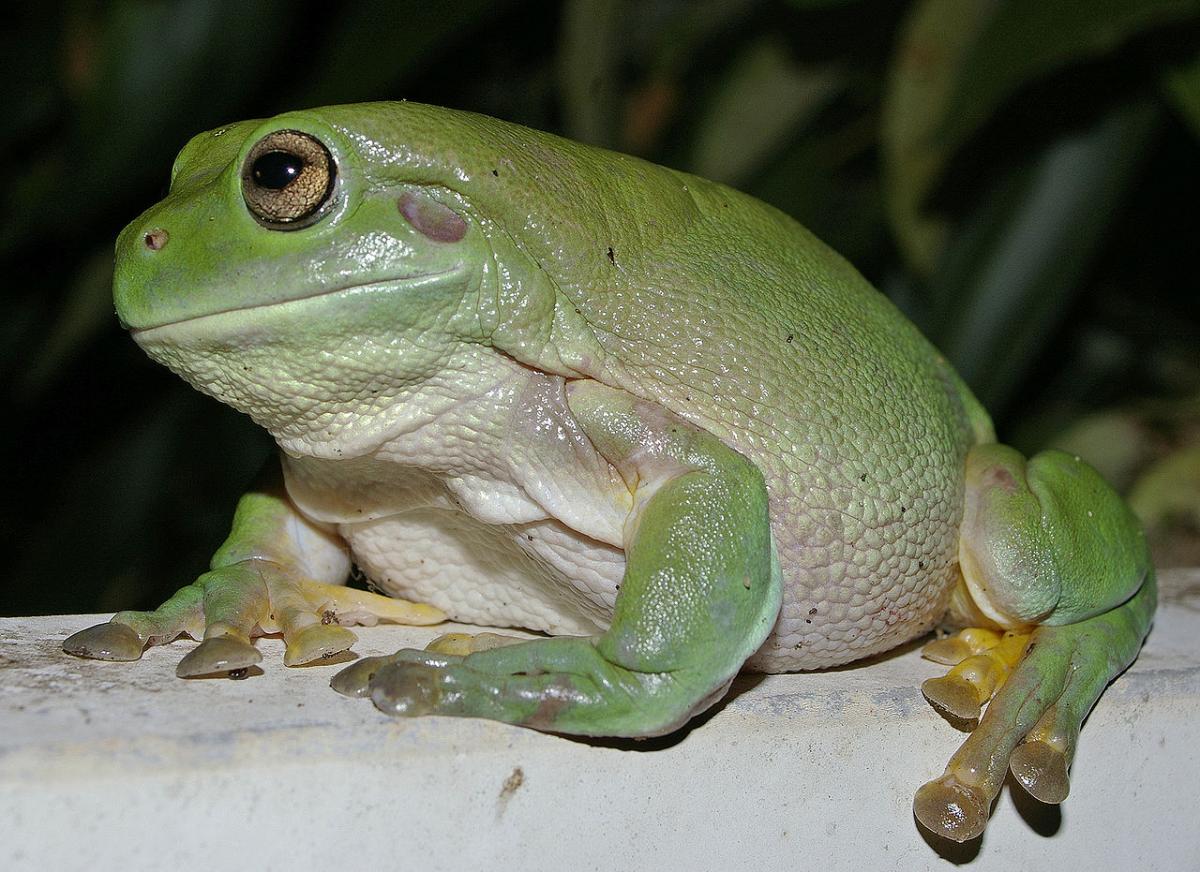D: Yaël, I bet you’ve heard of breathing through lungs or breathing through gills, but have you heard of breathing through your skin?
Y: I wish I could do that, Don!
D: Unfortunately, humans can’t do that. But the ability to breathe through skin—called cutaneous respiration—is a common trait in amphibians.
Y: My favorite amphibian is the frog. How does cutaneous respiration work for them?
D: The frog is a good example. Essentially, a frog’s skin is thin, and it has a lot of blood vessels. Oxygen diffuses into the skin through those blood vessels. The vessels also allow carbon dioxide to escape. It’s similar to the process that happens inside our lungs.
Y: When I was in second grade, our class had pet tadpoles. The tadpoles had gills, which eventually went away, because adult frogs grow lungs. But I bet that cutaneous respiration is helpful in winter, when frogs often hibernate underwater.
D: Exactly. Frogs don’t have to get their oxygen from the air. Frogs usually hibernate in oxygen-rich water, which is how they can breathe all winter long!
Y: When I think of frogs, I think of how slimy they often are. Doesn’t that slime act as a barrier between a frog’s skin and its environment? It seems that that would make it harder to breathe through skin.
D: That slime is a mucus coating, and actually, it helps frogs with their cutaneous respiration. They can only breathe through their skin if the skin stays moist; otherwise, a frog couldn’t get enough oxygen or get rid of enough carbon dioxide.
Y: It’s cool that animals experience the world so differently from humans. Next time I see a frog, I’ll tell it how interesting it is!










